Crater Lake National Park: A First Time Visitor Guide
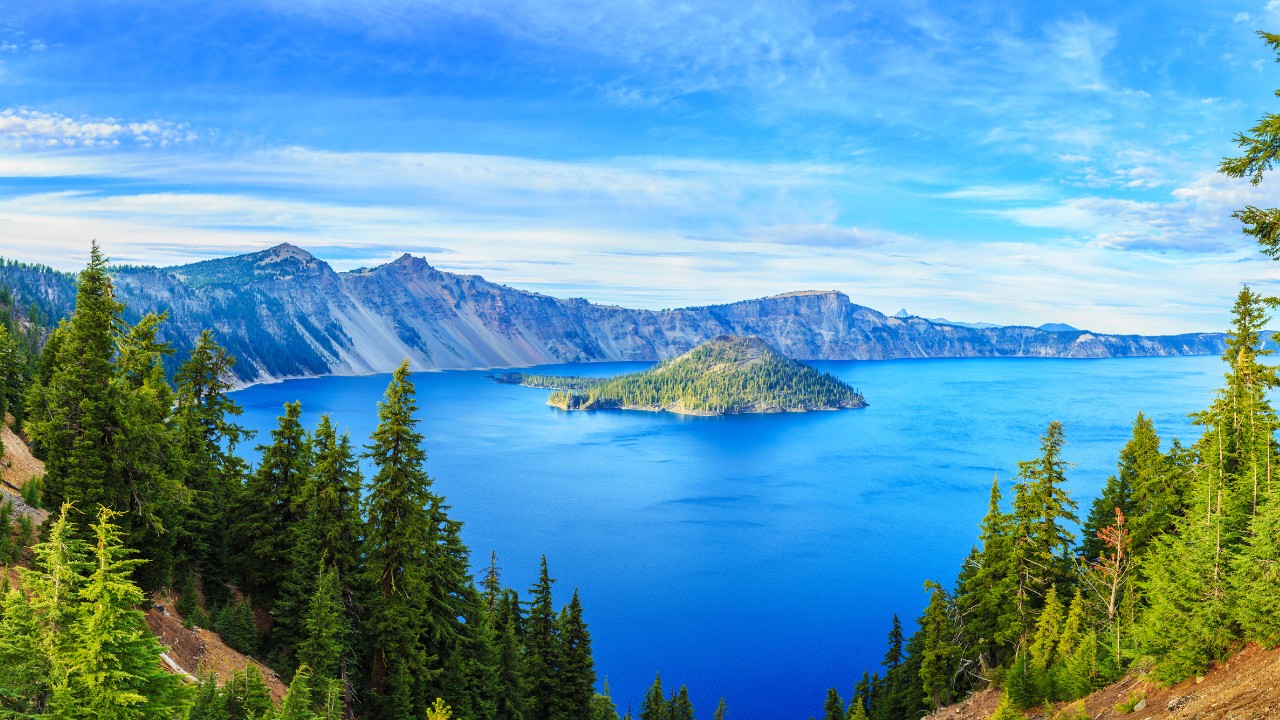
Crater Lake National Park is located in southern Oregon and is known for its deep, clear blue lake, formed within the caldera of a collapsed volcano. The lake’s striking color, pristine waters, and surrounding rugged cliffs create a beautiful landscape that you can explore throughout most of the year. With hiking trails, scenic drives, and endless viewpoints, Crater Lake National Park offers a unique experience for nature lovers and photographers alike. This guide will help you plan an awesome trip here!














Basic info:
- Name: Crater Lake National Park
- Location: Oregon
- Fee: $15-$30
- Things to do: Snow sports, boating, swimming, hiking and more (see top recommendations)
- Hotels/lodging: See top options. Crater Lake Lodge is the main lodging in the actual park.
Getting There:
Crater Lake is somewhat remote, but accessible from several key cities. Here is an overview of the closest options:-
- Rogue Valley International-Medford Airport (Medford, OR): About 90 minutes from the park by car and the closest airport, offering direct flights from several major cities.
- Eugene Airport (Eugene, OR): Located about 2.5 hours away by car, it provides a broader range of flights.
- Portland International Airport (Portland, OR): Approximately 4 hours by car, it’s a popular option for visitors who are also exploring the Oregon coastline or other state attractions.
- Klamath Falls Oregon: About a 2 hour drive from the park.
Photos:
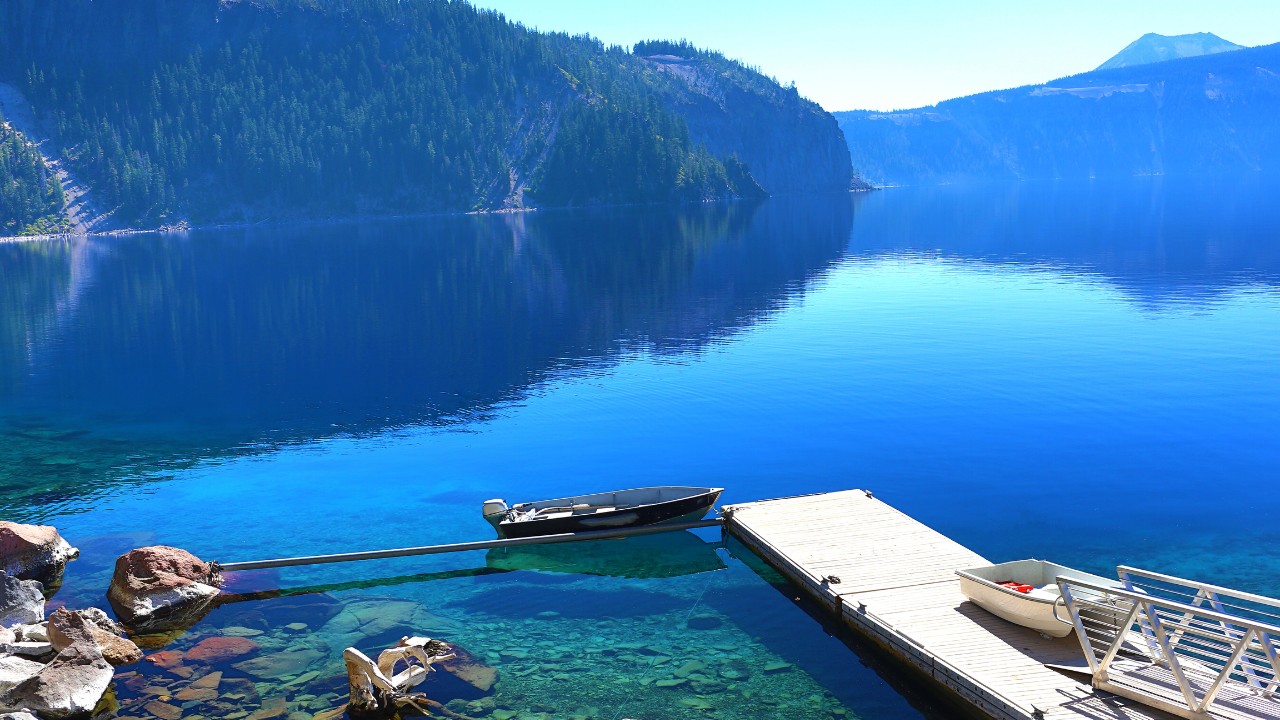
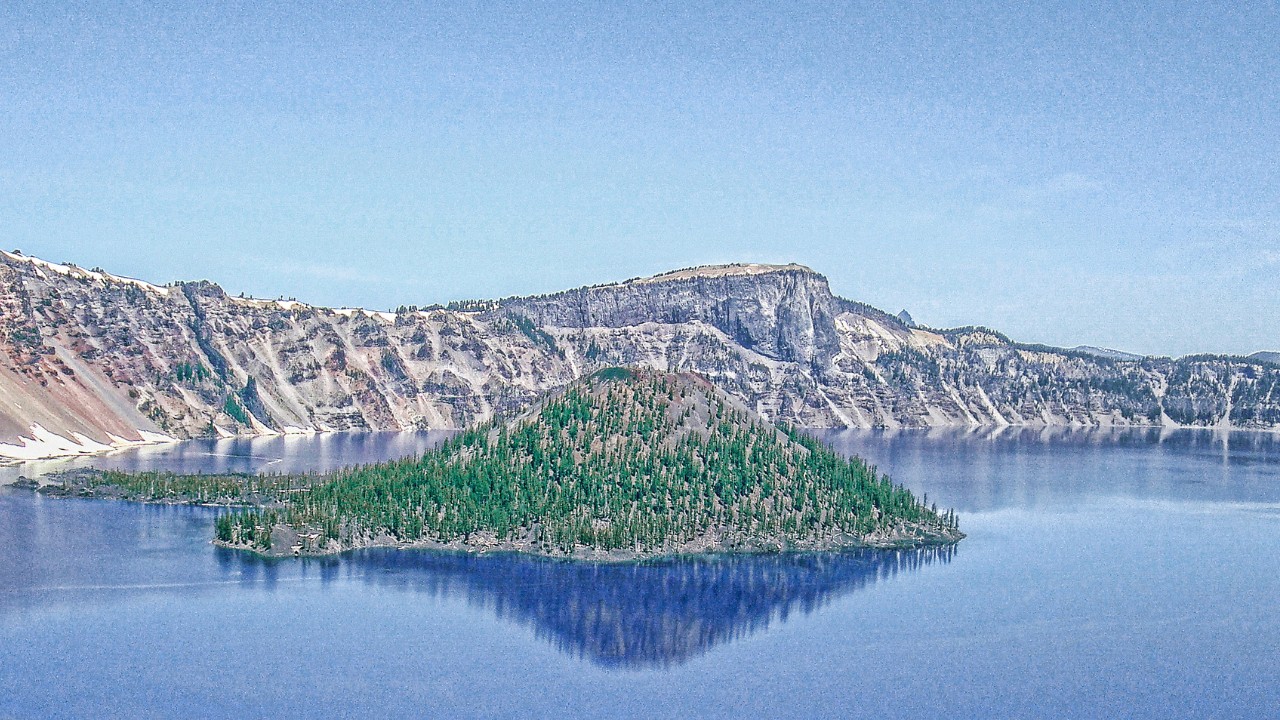
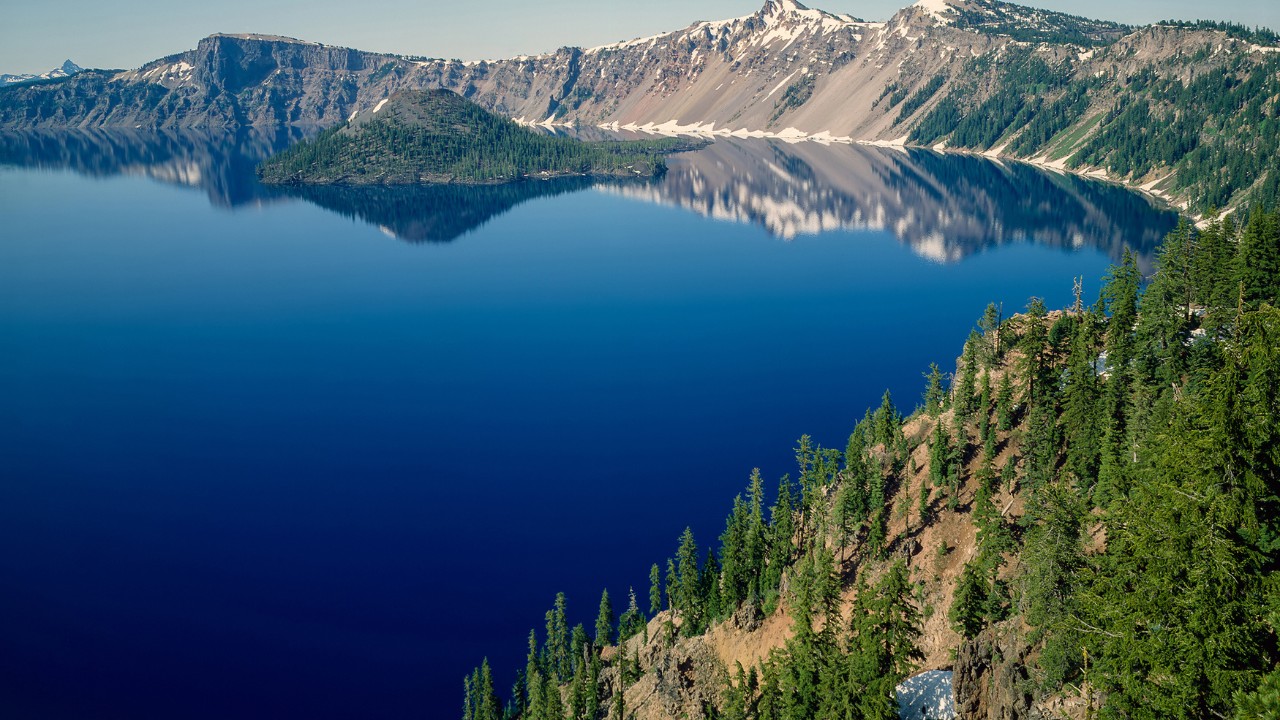
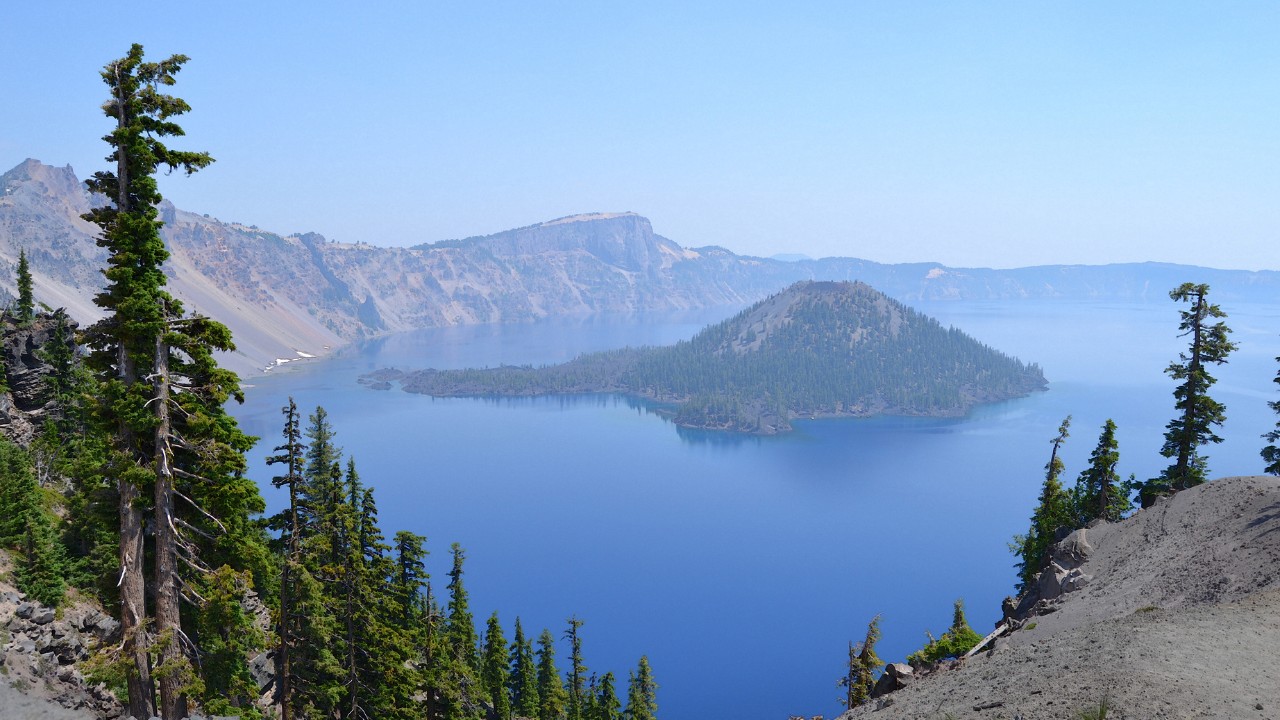
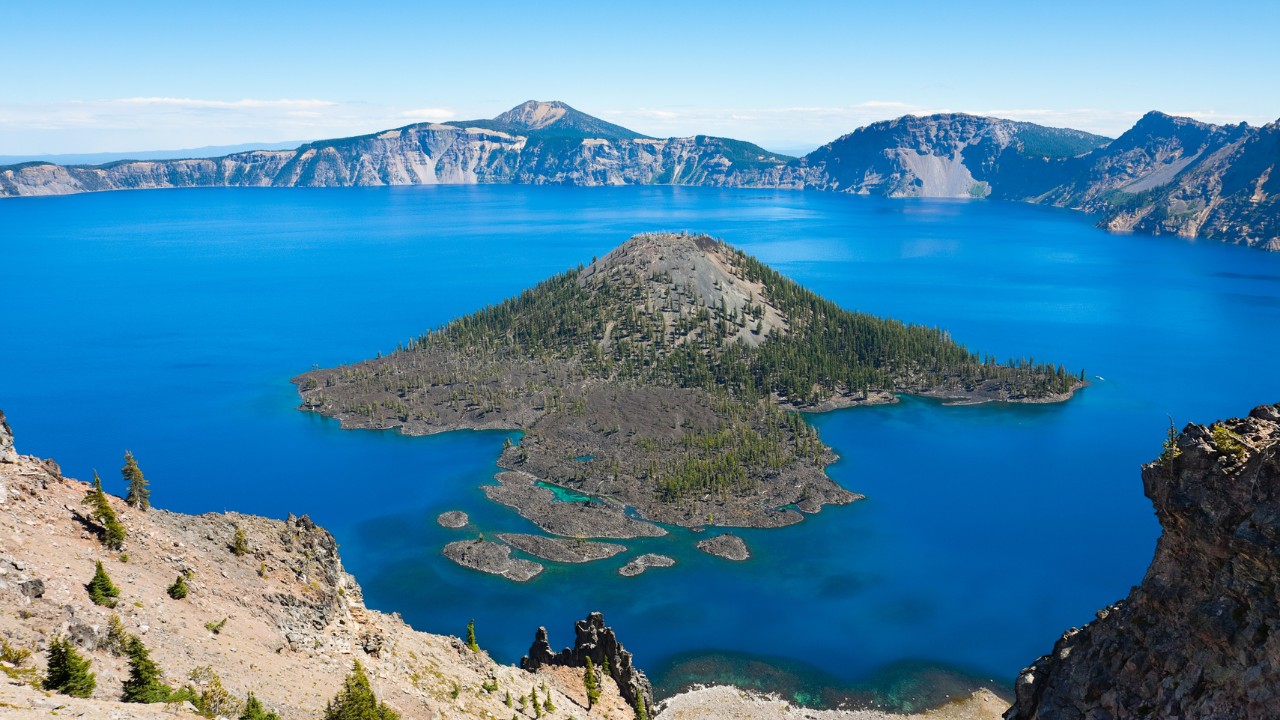
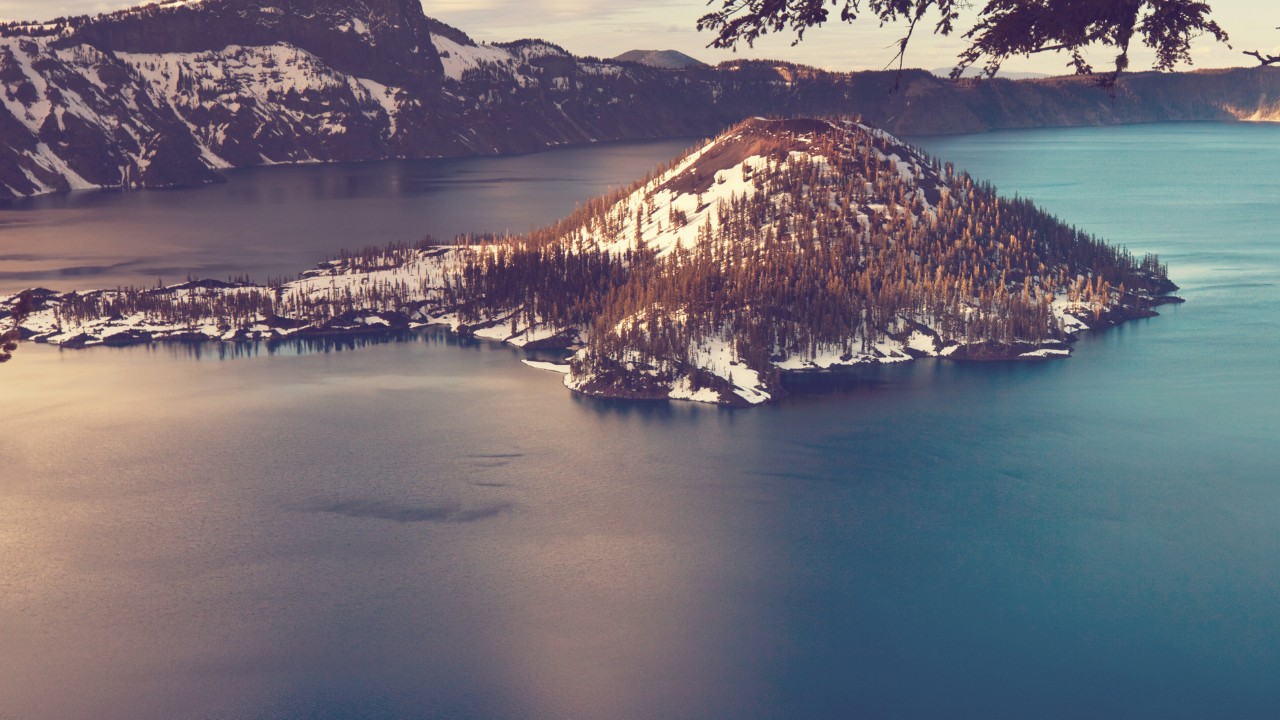
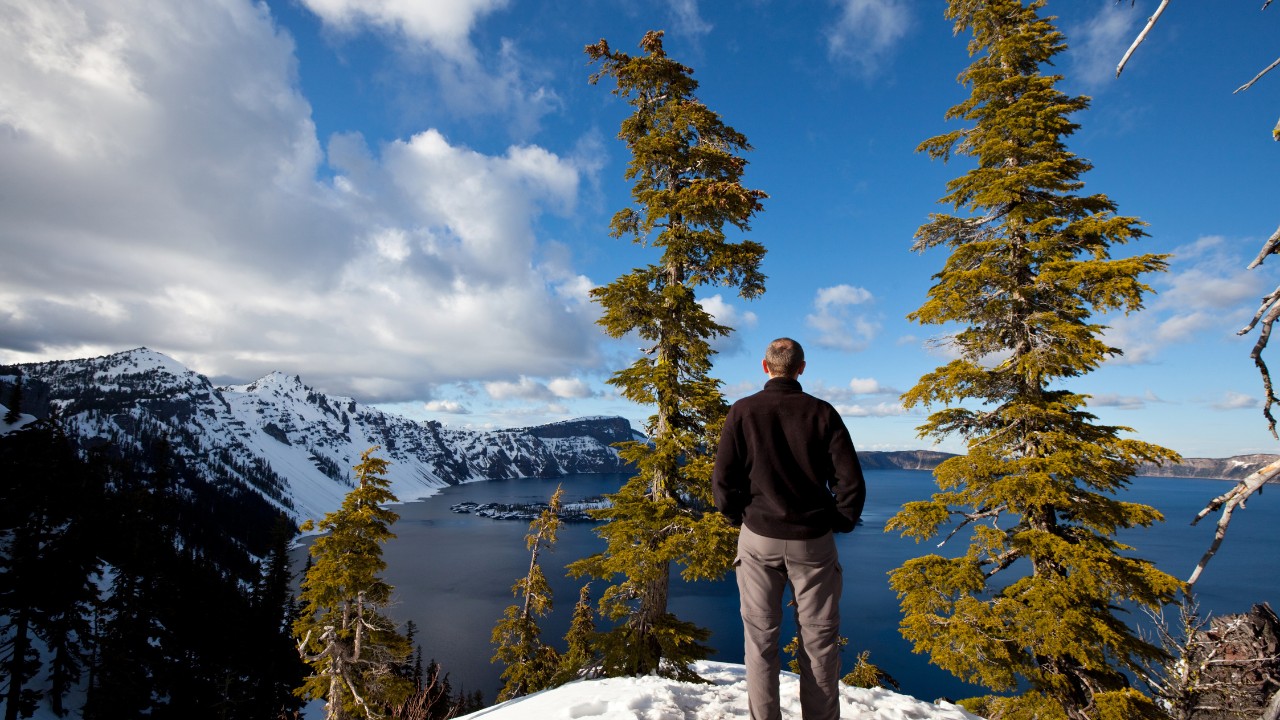
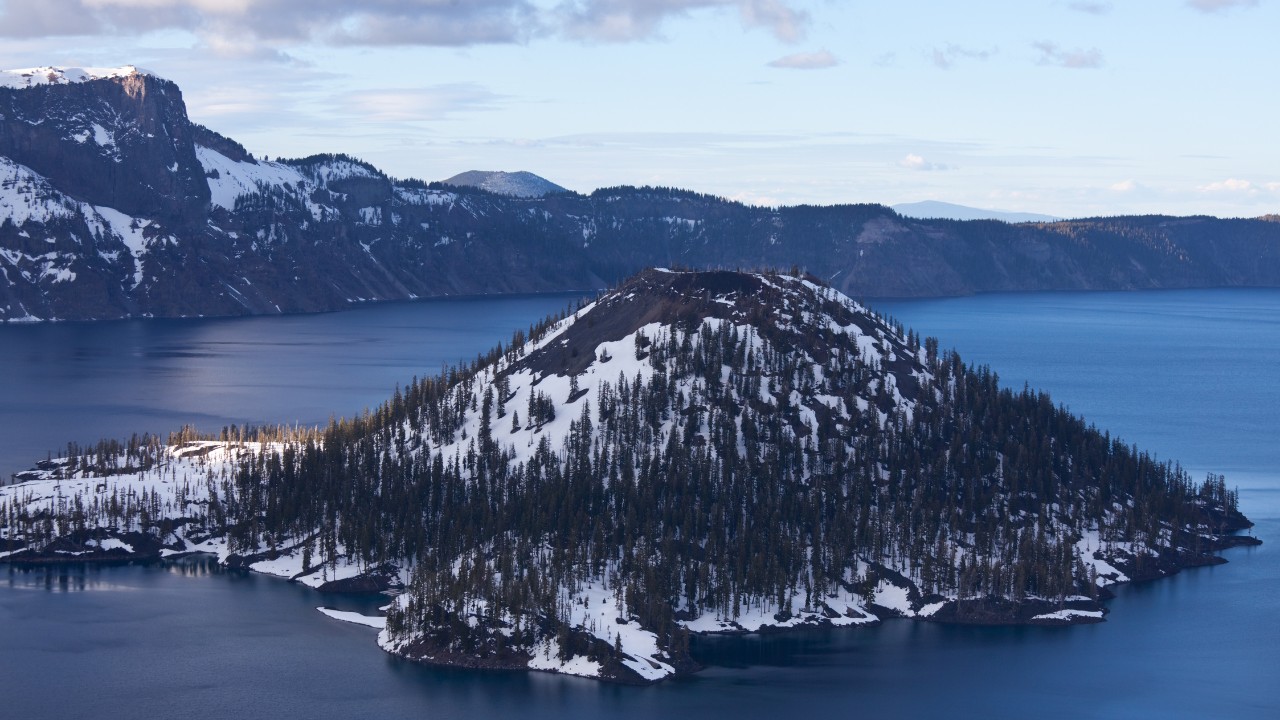
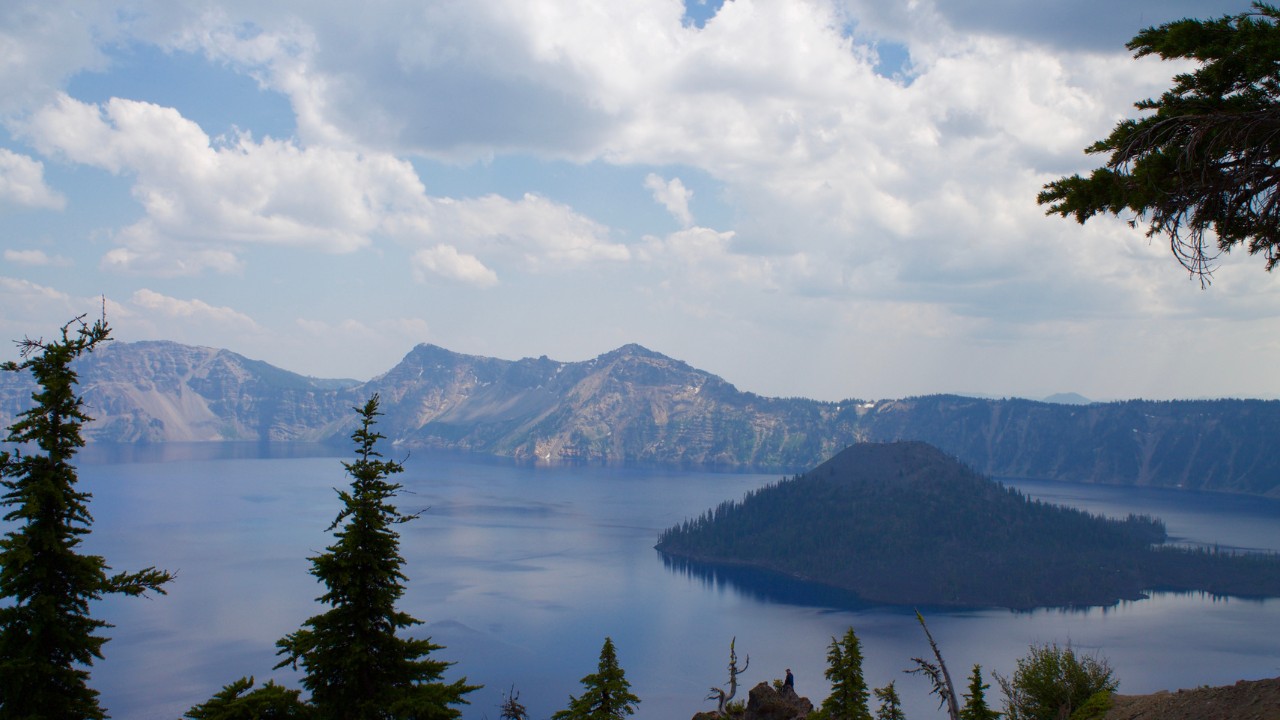
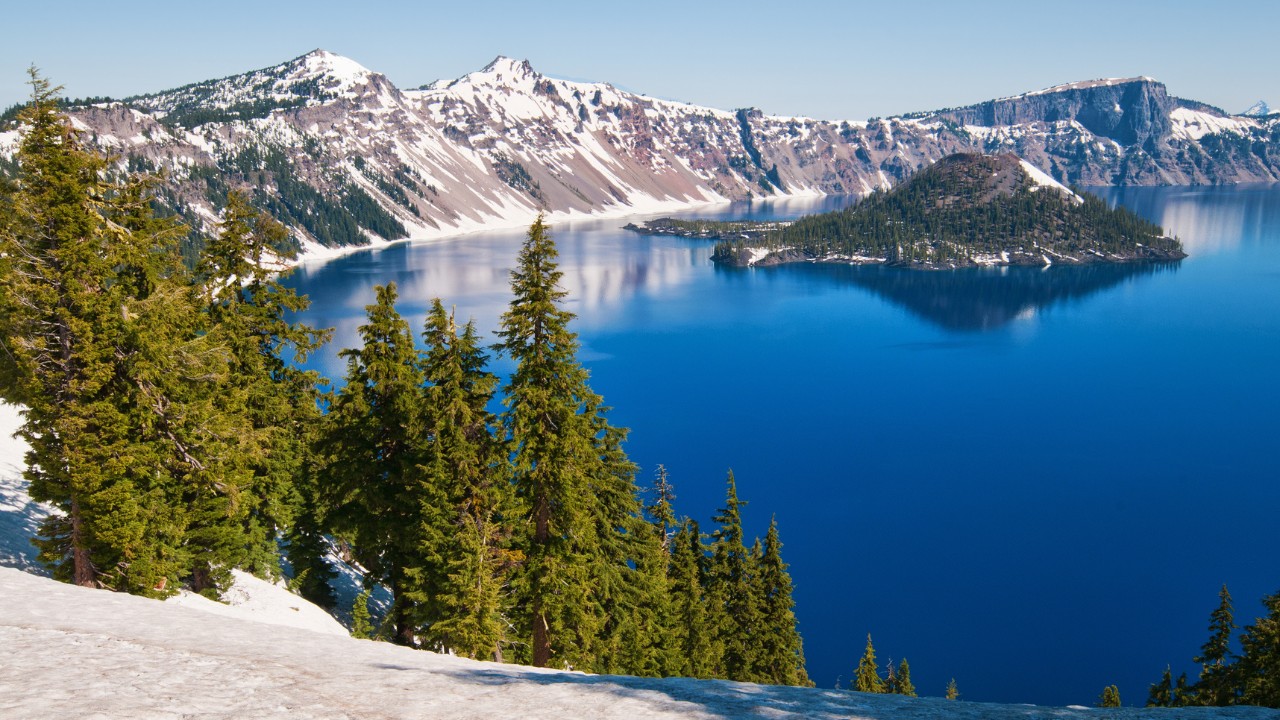
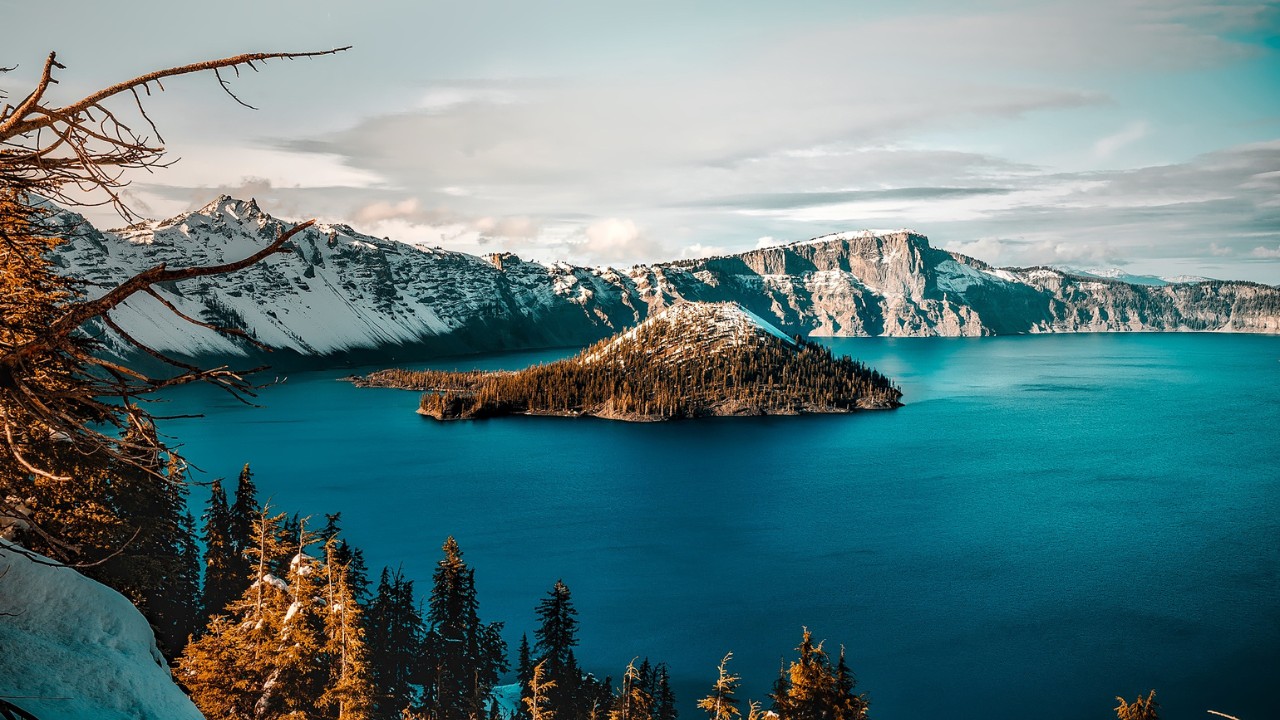
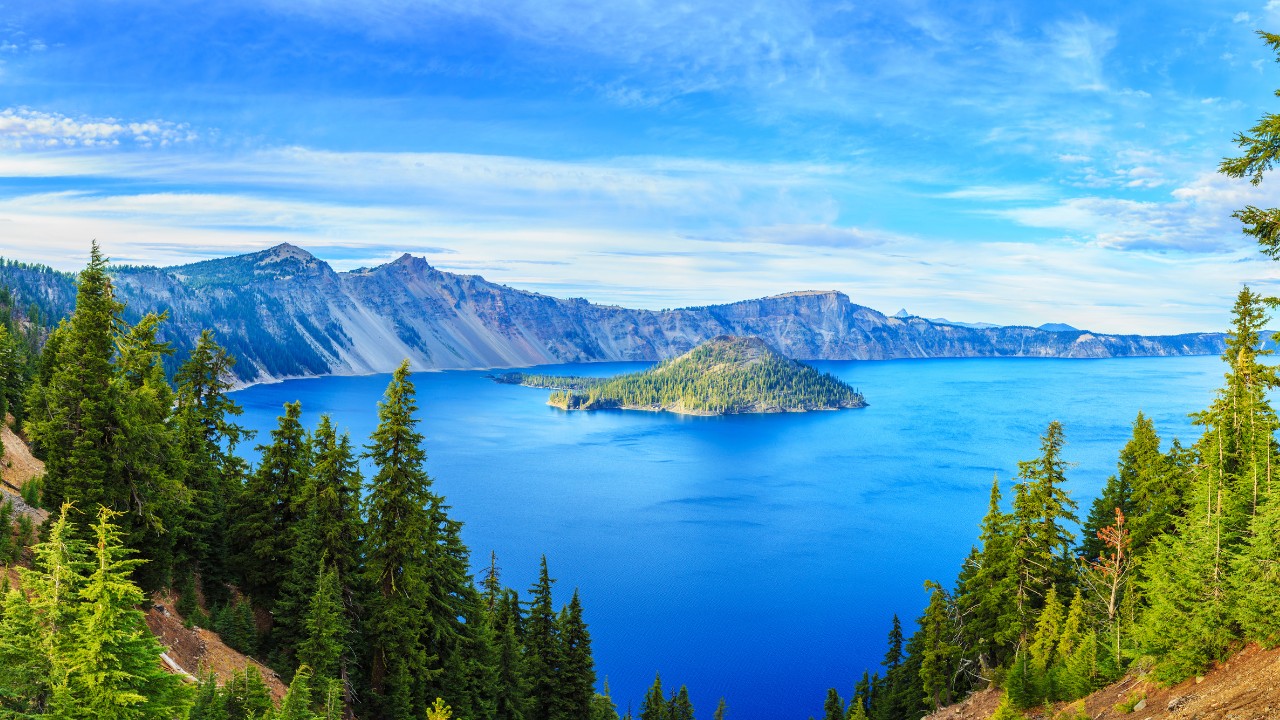
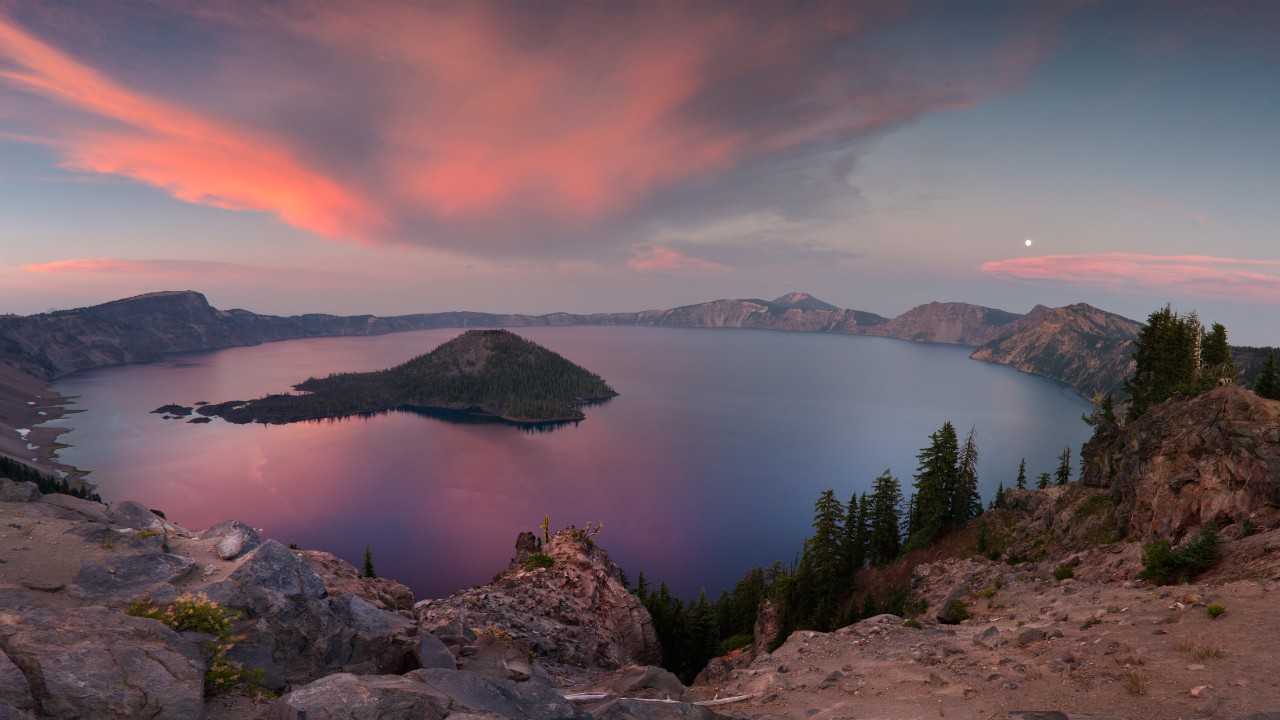
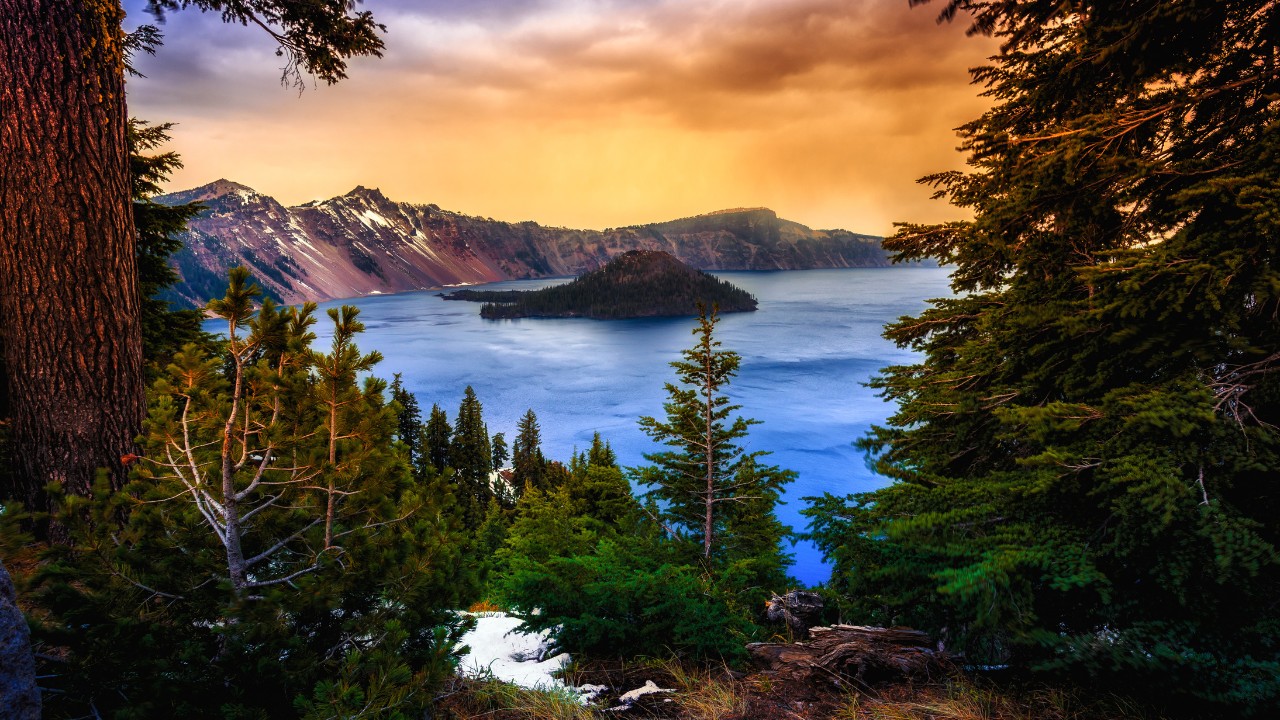
Best Times to Visit:
- Summer (July to September): Summer is the most popular season, with warmer temperatures ranging from 50°F to 75°F (10°C to 24°C) and all park roads, trails, and facilities open. This is the best time for hiking, the full Rim Drive loop, and boat tours to Wizard Island.
- Fall (October to November): Fall brings cooler temperatures, fewer visitors, and changing foliage. The North Entrance and Rim Drive may close early due to snow, but the South Entrance remains open. Temperatures range from 35°F to 60°F (2°C to 16°C).
- Winter (December to April): Winter transforms Crater Lake into a snowy wonderland, with temperatures often below freezing. Snowshoeing and cross-country skiing are popular activities, but snow can make access challenging. Only the South Entrance remains open, and facilities are limited as are the activities you can do in the park.
- Spring (May to June): Spring temperatures range from 30°F to 55°F (-1°C to 13°C) and snowfall may still blanket the park, making some areas inaccessible. However, this is a beautiful time to see melting snow and enjoy the early bloom of wildflowers.
5 Best Things to Do:
Scenic drives: The most popular is the Rim Drive which is a 33-mile scenic loop around the lake, offering numerous viewpoints and hiking trailheads. Timing is also important if you decide to drive here. Summer and early fall is when the entire drive is open. The drive takes about 2-3 hours, but allow extra time for stops and photos. Here’s some of the most popular stops on the Rim Drive:-
-
- Discovery Point: This is where early explorers first viewed the lake. It provides an elevated view of Crater Lake with interpretive signs about the lake’s formation.
- Watchman Overlook: Located near the summit of Watchman Peak, this overlook provides one of the best views of Wizard Island.
- Cloudcap Overlook: The highest point accessible by car, it offers panoramic views of the lake and surrounding peaks.
-
-
- Cleetwood Cove Trail: A 2.2 miles round-trip with about 700 feet of elevation gain (strenuous). This is the only trail that leads to the lake’s shoreline. The steep descent down to the lake offers access to swimming, fishing, and boat tours to Wizard Island.
- Garfield Peak Trail: A 3-4 miles hike with about 1,000 feet of elevation (strenuous). This trail offers breathtaking views of Crater Lake and the surrounding landscape from the summit of Garfield Peak.
- Watchman Peak Trail: A 1.6 mile round-trip trail with a moderate 400 feet of elevation gain. It’s a short but rewarding trail, it leads to a fire lookout with panoramic views of the lake, especially stunning at sunset.
-
-
- Summit Trail: A steep hike to the island’s summit, offering 360-degree views of the lake.
- Fumarole Bay: Perfect for swimming, fishing, and exploring Wizard Island’s unique landscape.
-
-
- Snowshoe Walks: The park offers ranger-guided snowshoe walks during the winter season, a great way to explore the snowy landscape and learn about winter ecology.
- Cross-Country Skiing: The Rim Drive is open for skiing, with trails marked for beginner and intermediate levels. Bring your own equipment, as rentals are not available within the park.
Tips to Keep in Mind:
- Altitude height: Crater Lake sits at an elevation of over 7,000 feet, so drink plenty of water, take breaks, and be mindful of symptoms of altitude sickness.
- Arrive Early or Late: During summer, the park can get crowded by mid-morning. Arrive early or visit later in the afternoon to avoid peak crowds.
- Plan for Limited Cell Service: Cell reception is usually very poor around the park. The only area I’ve seen decent reception in is in the visitor center at the top.
- Check Road and Trail Conditions: Snow and road closures can affect access to trails and parts of Rim Drive, especially in spring and fall. Visit the NPS website or check with rangers for current conditions.
Nearby Attractions:
- Umpqua National Forest: Located just north of Crater Lake, this national forest offers additional trails, waterfalls, and hot springs.
- Rogue River: Known for its scenic beauty, the Rogue River area offers white-water rafting, fishing, and hiking opportunities.
- Lava Beds National Monument: Located in California, about a two-hour drive from Crater Lake, this area features unique volcanic formations, lava tubes, and caves to explore.
